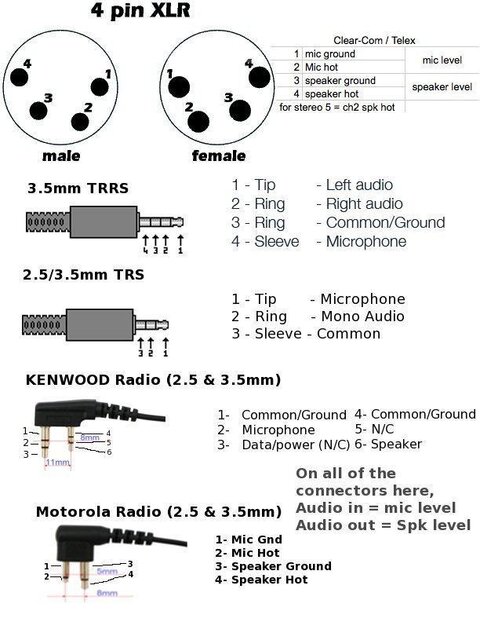MisterTim
Active Member
Anybody use them? As a FoH engineer, I can't wear a headset and mix, and I hate the BlazeOn + phone combination. I've seen/used these on motorola radios, but I can't find any for a comm system. Why not?
Does anyone have pinout specs for the motorola M1 connector, or the clearcom-standard 4-pin intercom headset connector? I'm guessing I'll have to make my own adapter if I want to make these work together.
Does anyone have pinout specs for the motorola M1 connector, or the clearcom-standard 4-pin intercom headset connector? I'm guessing I'll have to make my own adapter if I want to make these work together.



